In the 1800s, a more rational and refined aesthetic was promoted by the French Academy, a conservative organization that set the standards for art. However, starting in the mid-1800s, artists associated with the Realist movement rejected foreign and classical subjects and focused on scenes of everyday life in minute detail, flaws and all. A group of French artists united around 1830 to form the Barbizon School, named after a small village outside of Paris where they lived and painted. Rebelling against the French Academy’s refined, idealized landscapes, these artists infused the immediacy of the sketches they created outdoors into their finished studio paintings. Artworks by William-Adolphe Bouguereau, Jean-Baptiste-Camille Corot, Gustave Courbet, Thomas Couture, Charles François Daubigny, Honoré Daumier, Narcisse Virgile Diaz de la Peña, Henri Fantin-Latour, Charles Emile Jacque, Edouard Manet, Jean-François Millet, Pierre-Cécile Puvis de Chavannes, Théodore Rousseau, Constant Troyon, and unknown artists can be found in the Nelson-Atkins collection.
Nineteenth Century, Realism, Barbizon, 1830–1890
doi: 10.37764/78973.8.500
-
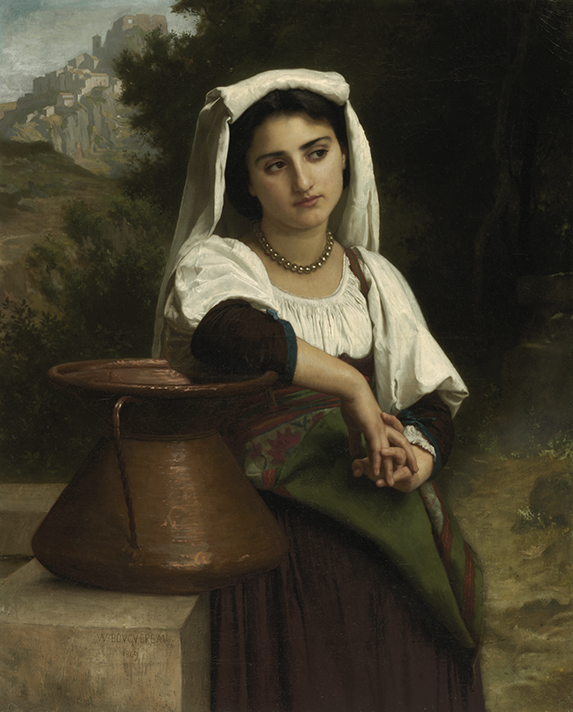 William Adolphe Bouguereau, Italian Woman at the Fountain, 1869
William Adolphe Bouguereau, Italian Woman at the Fountain, 1869 -
 Jean-Baptiste-Camille Corot, View of Lake Garda, ca. 1865–1870
Jean-Baptiste-Camille Corot, View of Lake Garda, ca. 1865–1870 -
 Gustave Courbet, Jo, the Irish Woman, ca. 1866–1868
Gustave Courbet, Jo, the Irish Woman, ca. 1866–1868 -
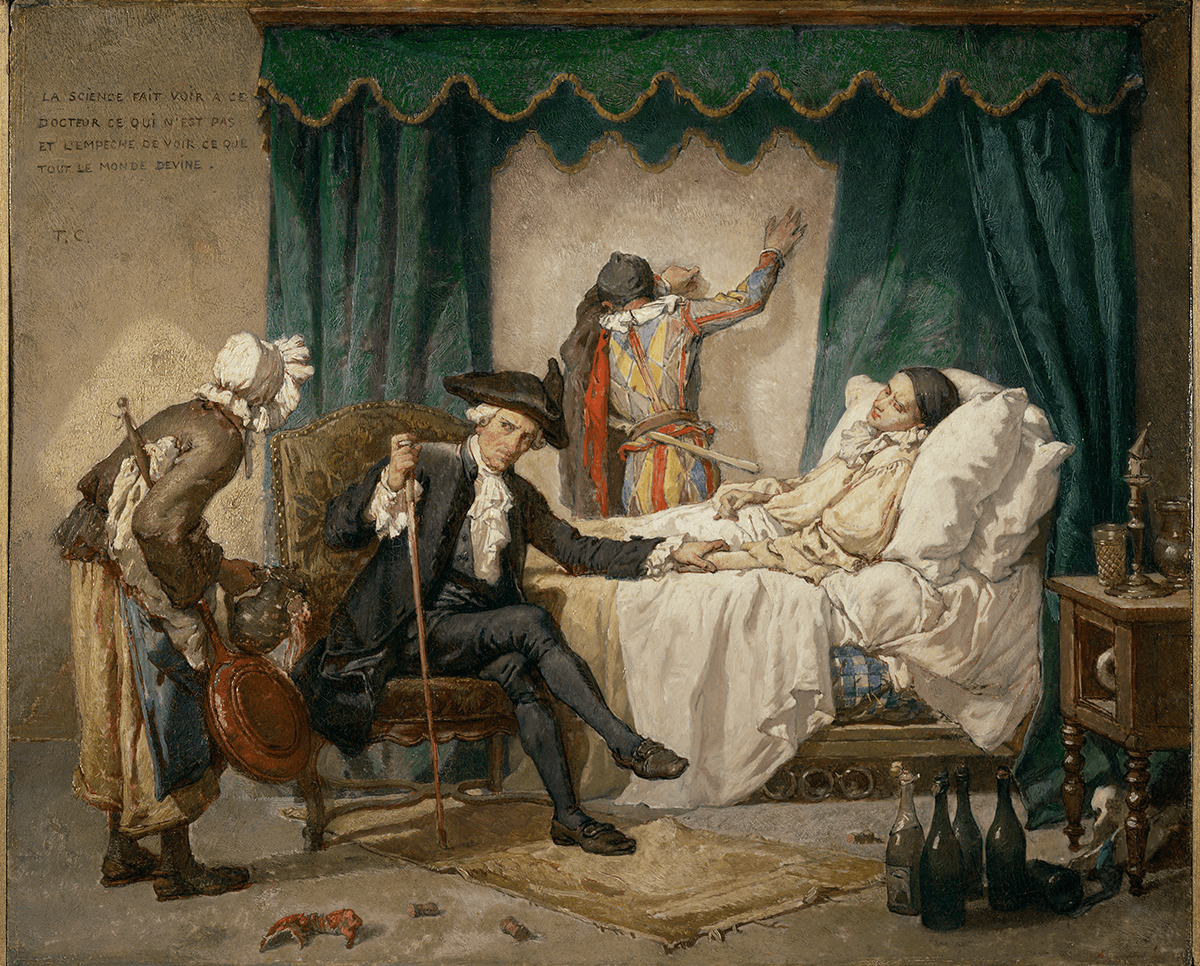 Thomas Couture, The Illness of Pierrot, 1867–1868
Thomas Couture, The Illness of Pierrot, 1867–1868 -
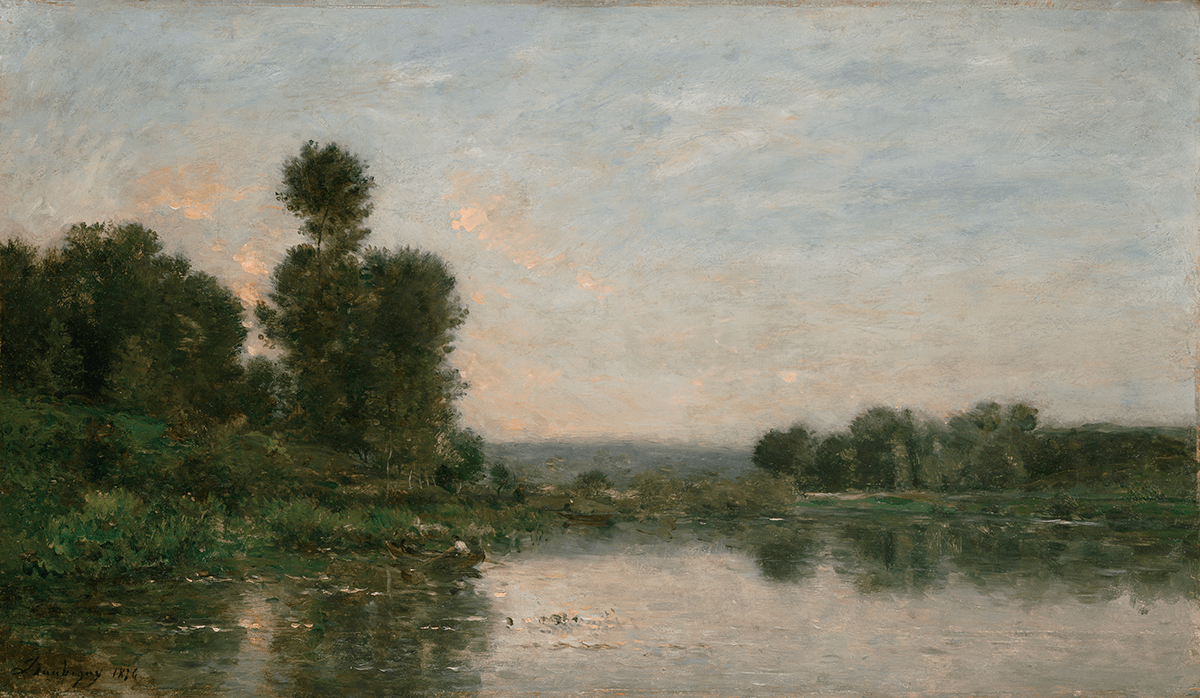 Charles François Daubigny, The Banks of the Oise at Auvers, 1874
Charles François Daubigny, The Banks of the Oise at Auvers, 1874 -
 Attributed to Honoré Daumier, Exit from the Theater, after 1863
Attributed to Honoré Daumier, Exit from the Theater, after 1863 -
 Narcisse Virgile Diaz de la Peña, The Approaching Storm, 1872
Narcisse Virgile Diaz de la Peña, The Approaching Storm, 1872 -
 Henri Fantin-Latour, Annual Chrysanthemums, 1889
Henri Fantin-Latour, Annual Chrysanthemums, 1889 -
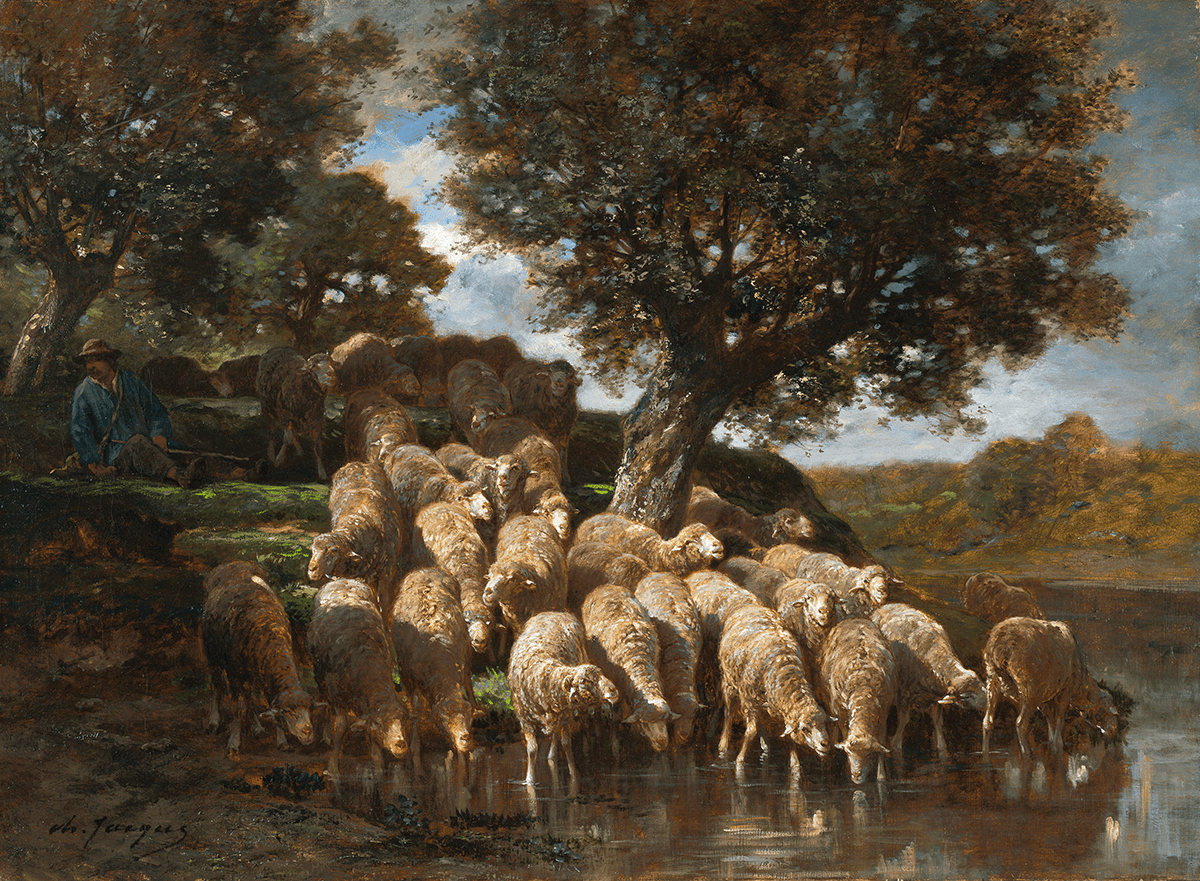 Charles-Émile Jacque, Sheep at the Watering Hole, ca. 1888
Charles-Émile Jacque, Sheep at the Watering Hole, ca. 1888 -
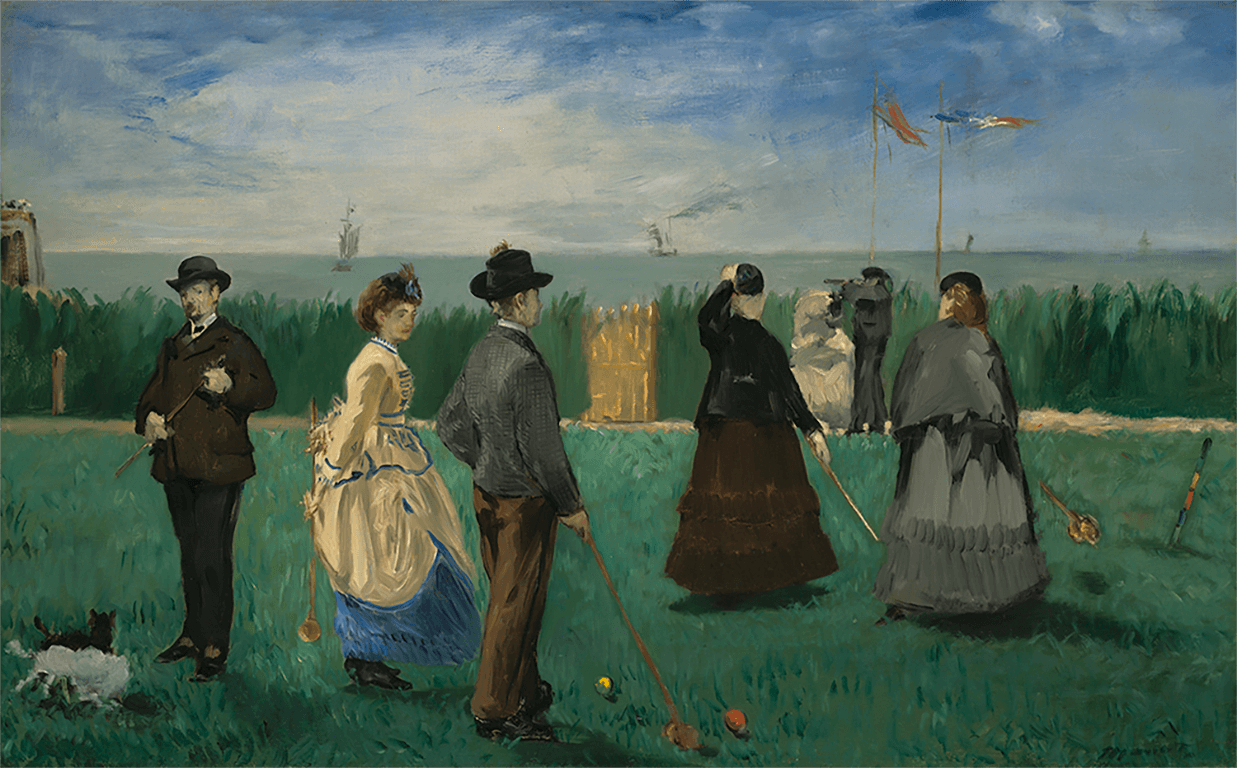 Edouard Manet, The Croquet Party, 1871
Edouard Manet, The Croquet Party, 1871 -
 Edouard Manet, Portrait of Lise Campineanu, 1878
Edouard Manet, Portrait of Lise Campineanu, 1878 -
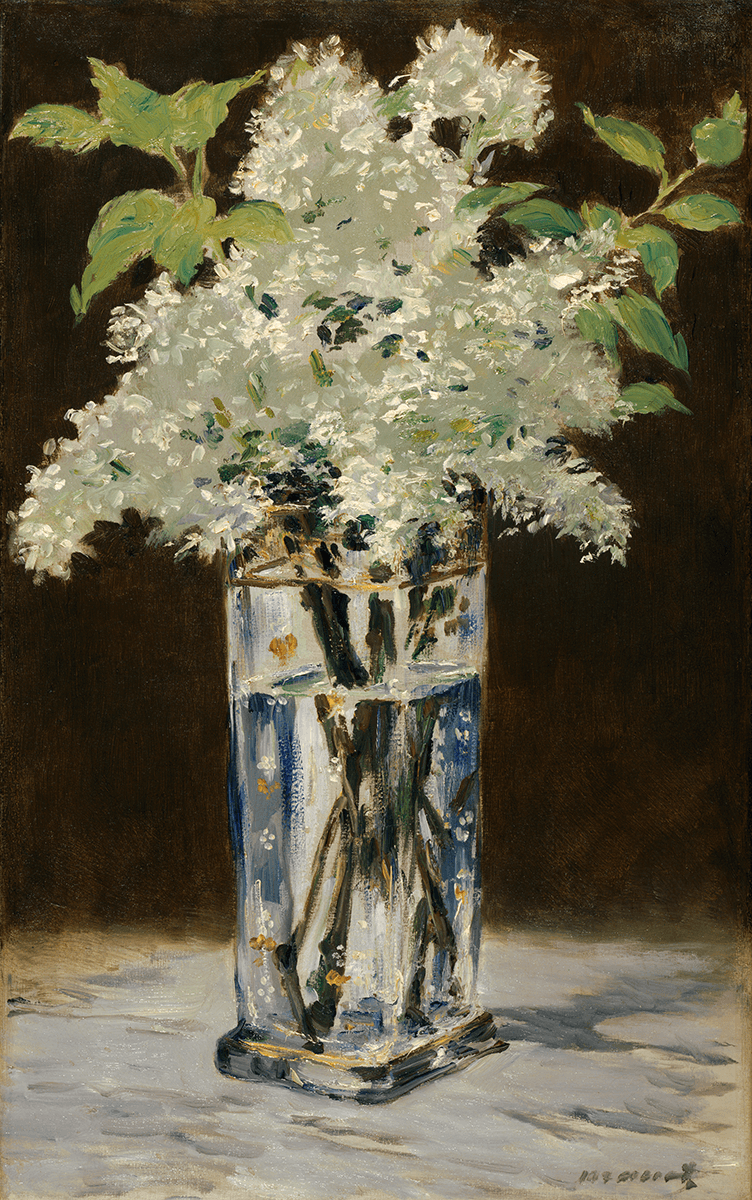 Edouard Manet, White Lilacs in a Crystal Vase, ca. 1882
Edouard Manet, White Lilacs in a Crystal Vase, ca. 1882 -
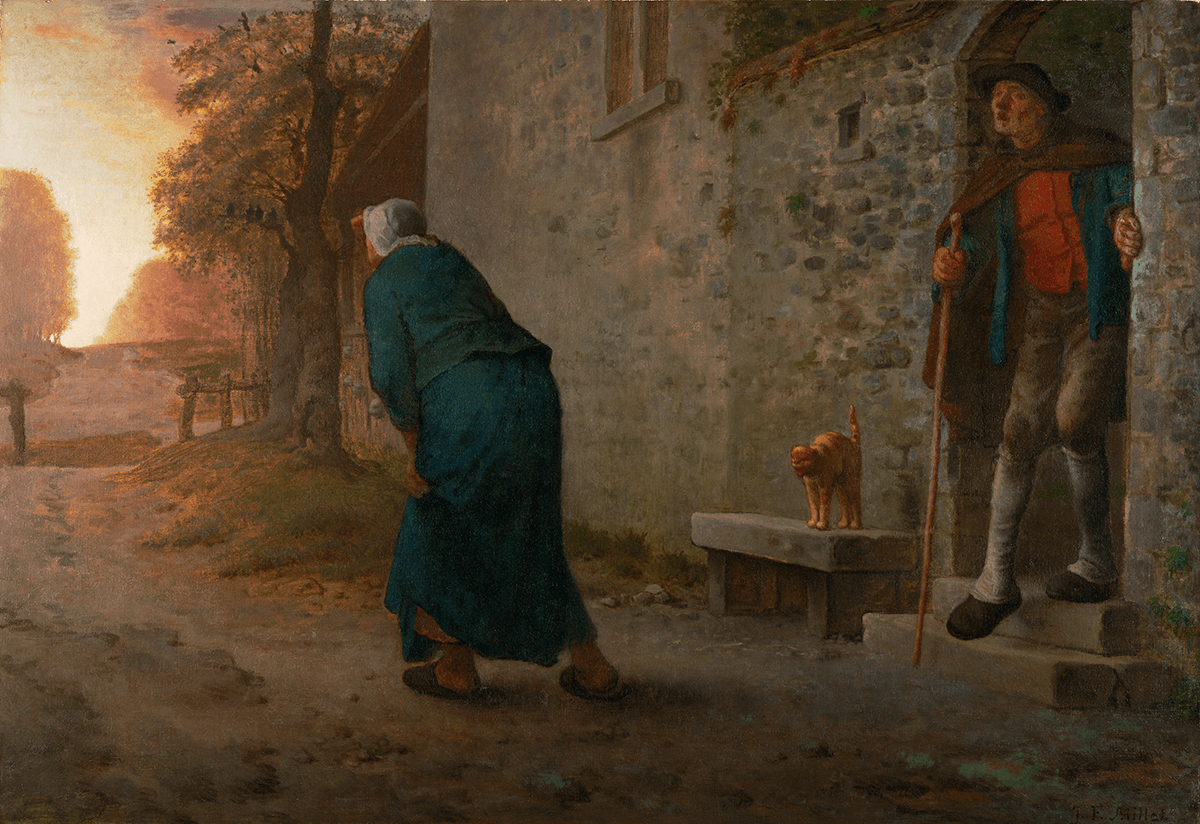 Jean-François Millet, Waiting, ca. 1853–1861
Jean-François Millet, Waiting, ca. 1853–1861 -
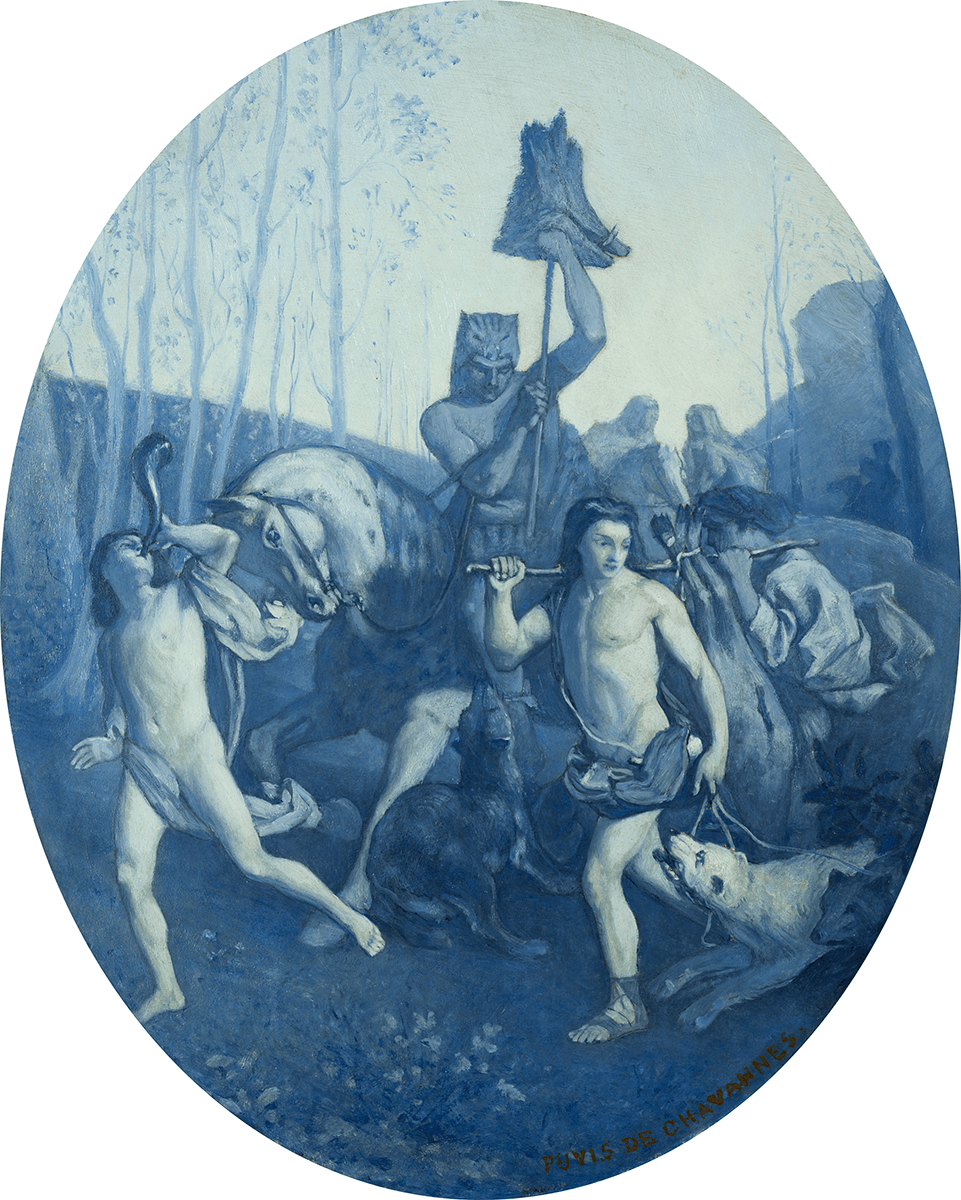 Pierre Puvis de Chavannes, Return From the Hunt or The Boar Hunt, ca. 1859–62
Pierre Puvis de Chavannes, Return From the Hunt or The Boar Hunt, ca. 1859–62 -
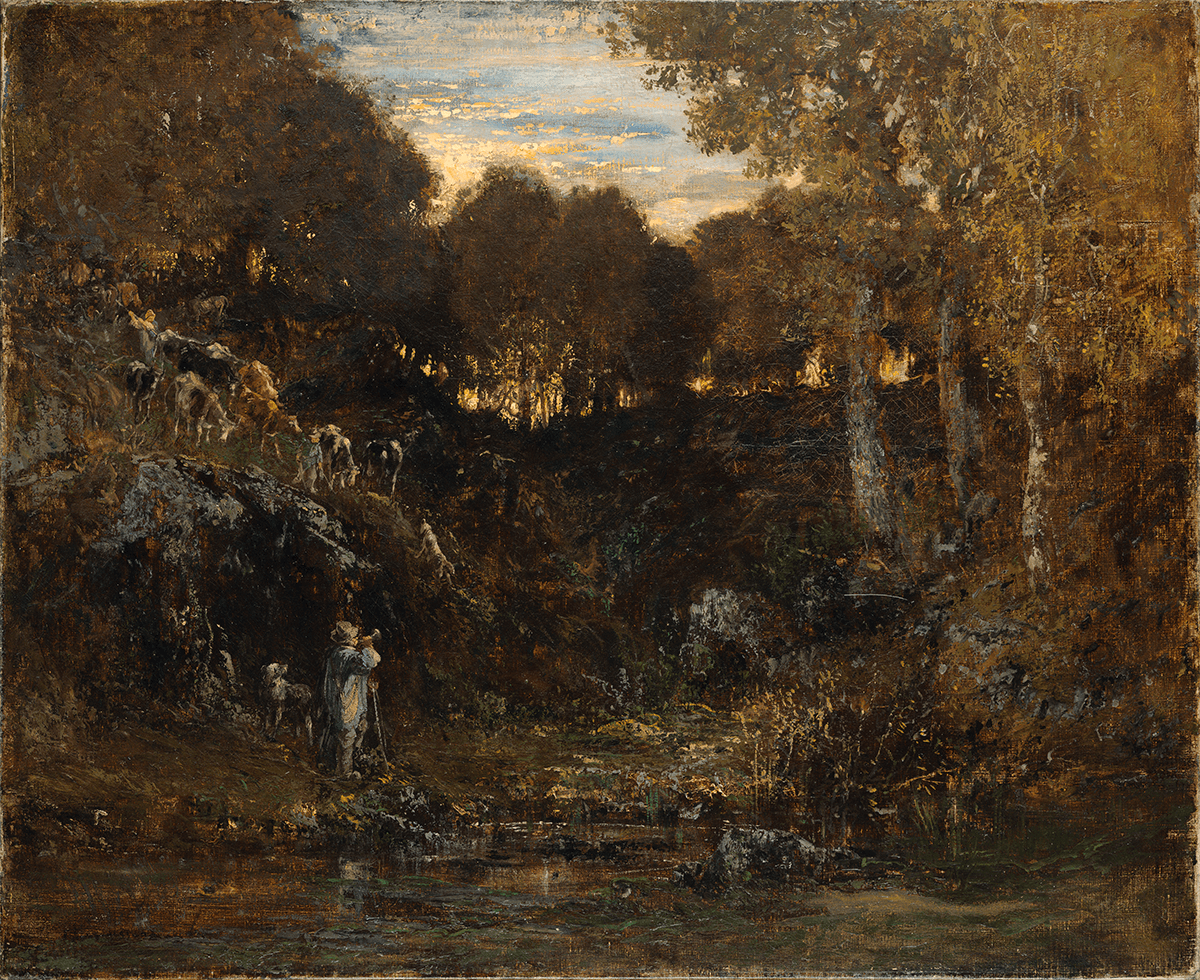 Théodore Rousseau, Cows Descending the Hills at Sunset, ca. 1837–1840
Théodore Rousseau, Cows Descending the Hills at Sunset, ca. 1837–1840 -
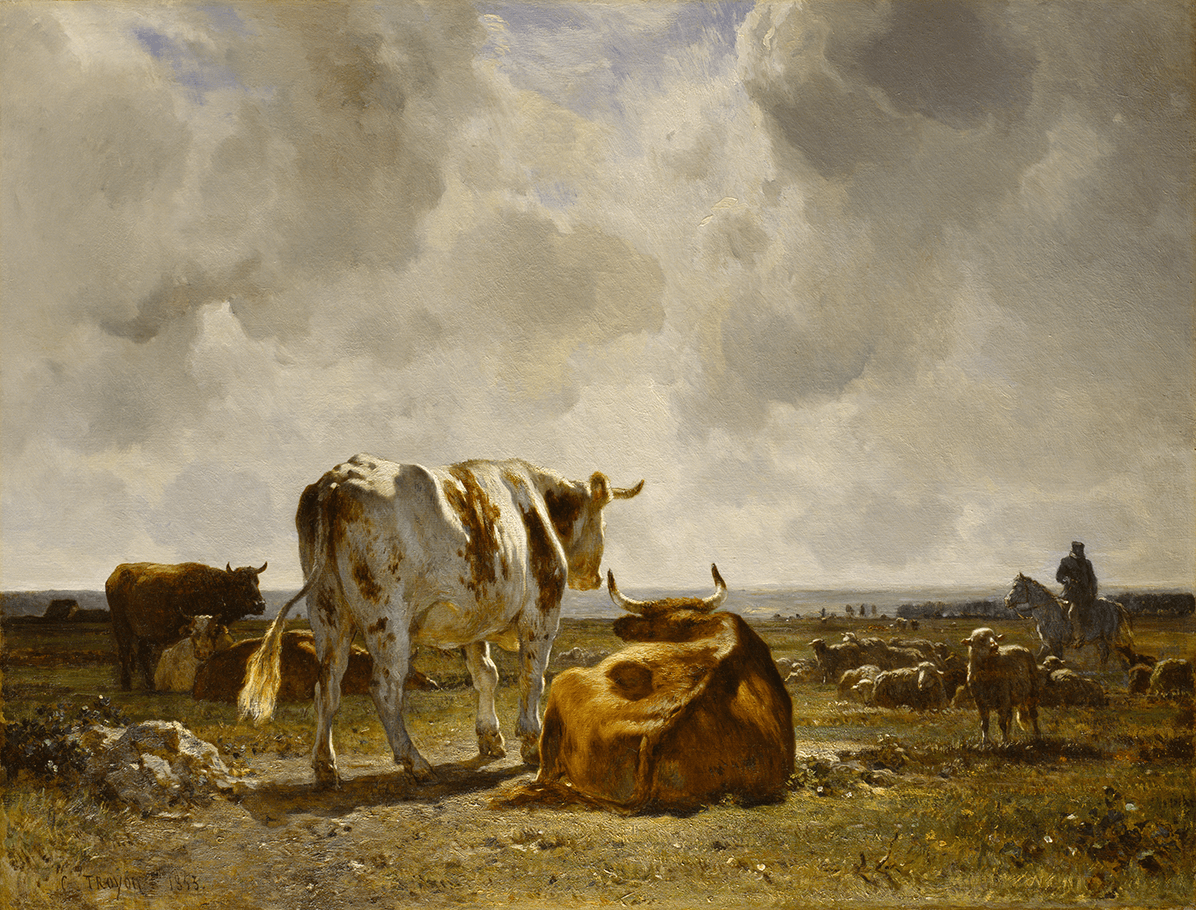 Constant Troyon, Cattle Pasture in the Touraine, 1853
Constant Troyon, Cattle Pasture in the Touraine, 1853 -
 Unknown artist, probably French, View in Italy, ca. 1850
Unknown artist, probably French, View in Italy, ca. 1850
Catalogue Timeline
- Go back a page Back Previous Page (left keyboard arrow or swipe)
- Next Go to next page Next Page (right keyboard arrow or swipe)